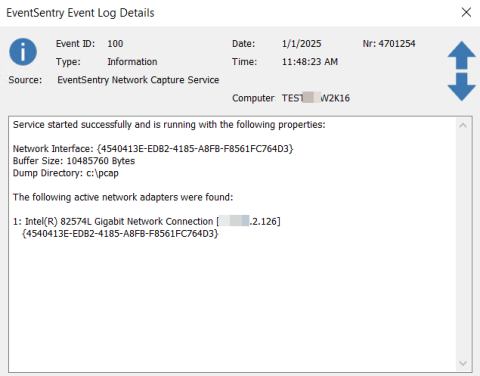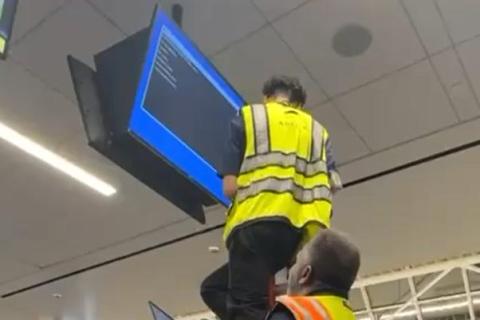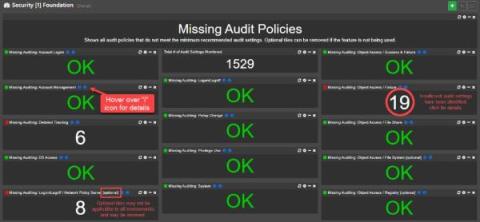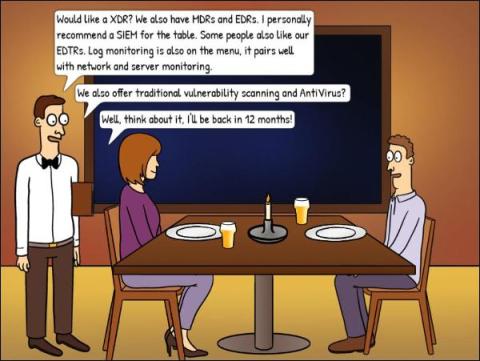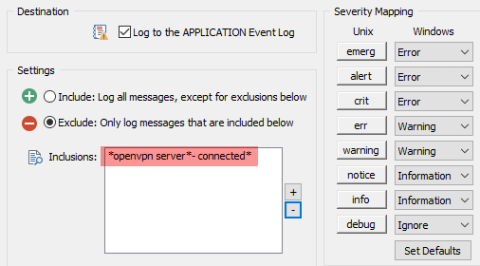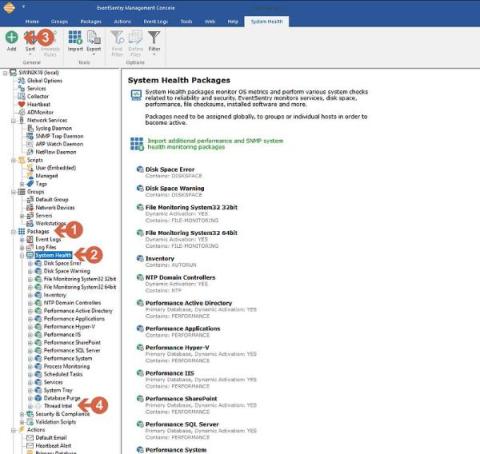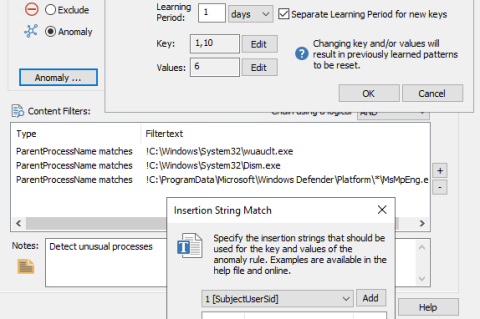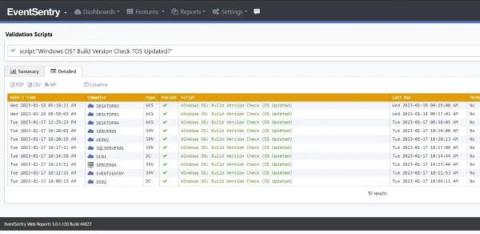Operations | Monitoring | ITSM | DevOps | Cloud
Latest Posts
Can the EventSentry Agents cause the same outage & disruption like the CrowdStrike Falcon sensor did?
EventSentry 5.1.1.104: Security, Security, Security!
It's Not Black Magic: Malware & Ransomware in Plain English
Revealing Suspicious VPN Activity with Anomaly Detection
Predict the Future! A universal approach to detecting malicious PowerShell activity
So, here’s the deal with AntiVirus software these days: It’s mostly playing catch-up with super-fast athletes — the malware guys. Traditional AV software is like old-school detectives who need a picture (or, in this case, a ‘signature’) of the bad guys to know who they’re chasing. The trouble is, these malware creators are quite sneaky — constantly changing their look and creating new disguises faster than AntiVirus can keep up with their photos.
EventSentry v5.1: Anomaly Detection / Permission Inventory / Training Courses & More!
We’re extremely excited to announce the availability of the EventSentry v5.1, which will detect threats and suspicious behavior more effectively – while also providing users with additional reports and dashboards for CMMC and TISAX compliance. The usability of EventSentry was also improved across the board, making it easier to use, manage and maintain EventSentry on a day-by-day basis. We also released 60+ training videos to help you get started and take EventSentry to the next level.
The Life of the Sysadmin: A Patch Tuesday Story
The System Administrator! AKA the Sysadmin. The keeper of the network, computers – well basically all things technology. The one who is hated for imposing complex passwords and other restrictions, but taken for granted when everything works well. They are the first to be called when “facebuuk.com” reports: “domain does not exist”.
Monitoring Transaction Log Files for PCI compliance
File Integrity Monitoring, aka as FIM, is a must-have feature for anyone in charge of security. With FIM, one can detect when a critical file, such as a file that belongs to the Operating System, or a key configuration file, is changed. In most cases, configuring FIM is straightforward: If the file changes then generate an alert.
Are disconnected RDP sessions ticking time bombs in your network?
I think we’ve all been there before – you log on to a server remotely via RDP, and do the needful – but don’t immediately log off. But then you get distracted by a phone call, an email, a chat, or a good old-fashioned physical interaction with another human being. So when it comes time clock out for the night, you shut down your computer or log off. Or maybe you’ve been working on a laptop and your VPN got interrupted.


